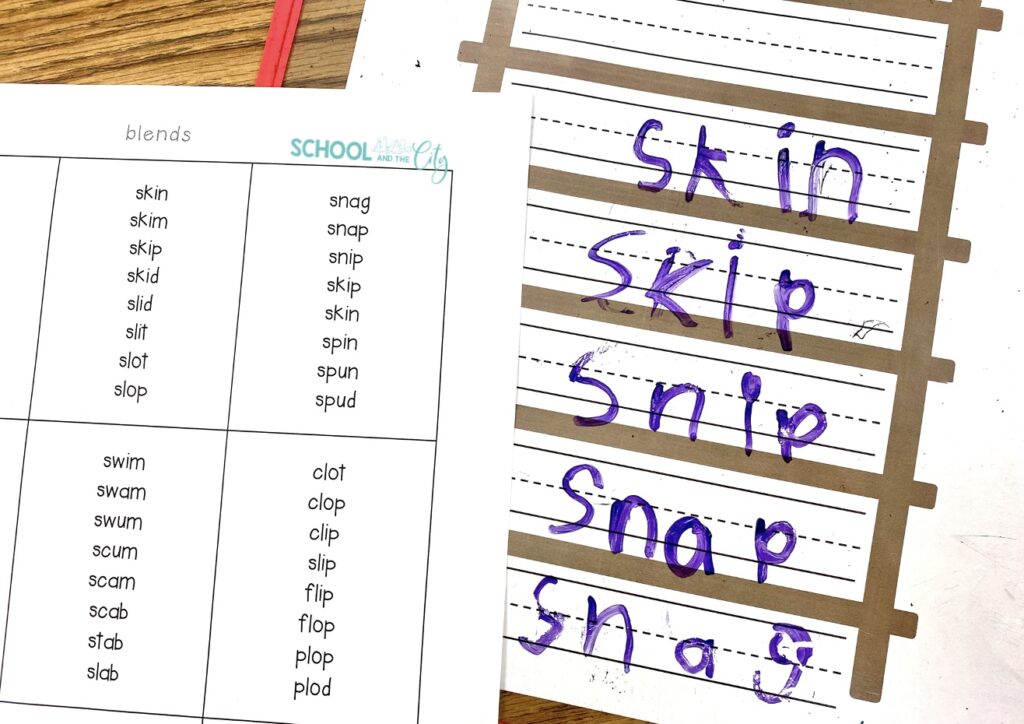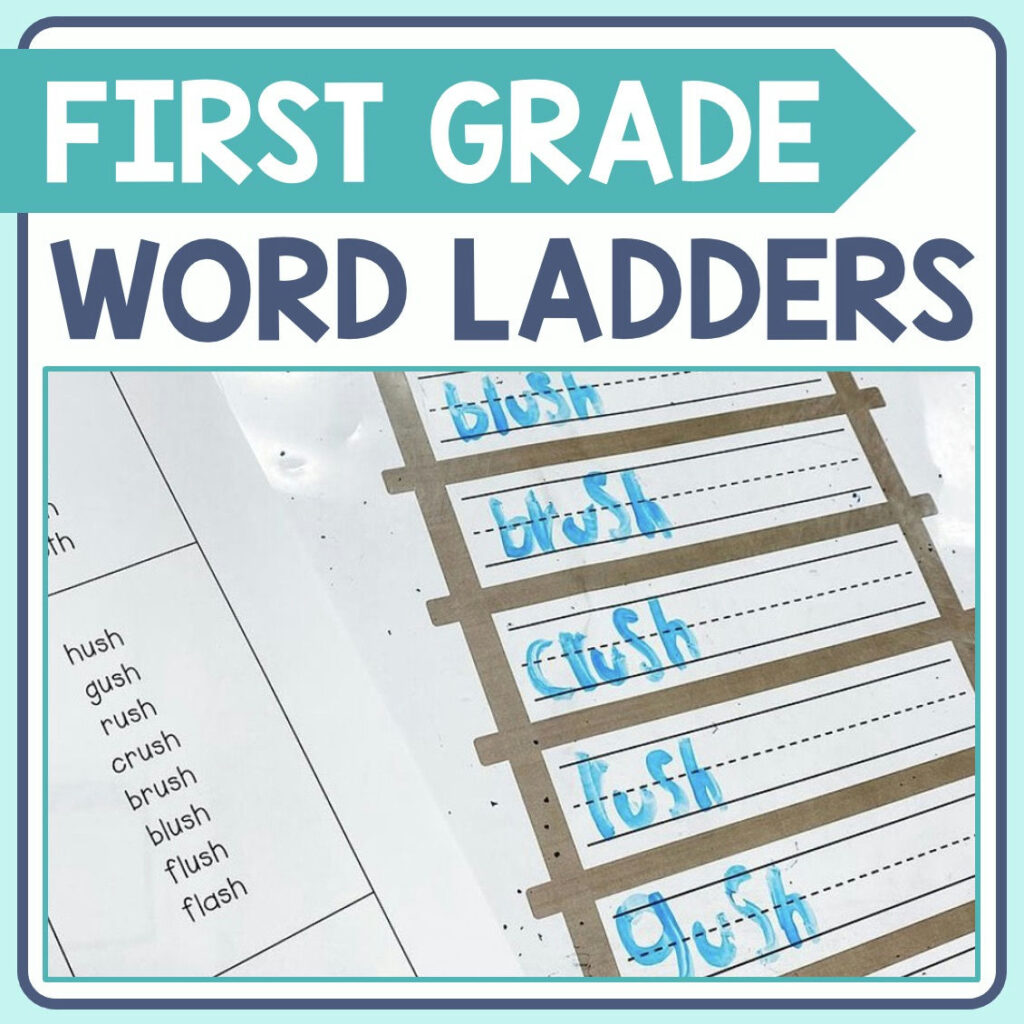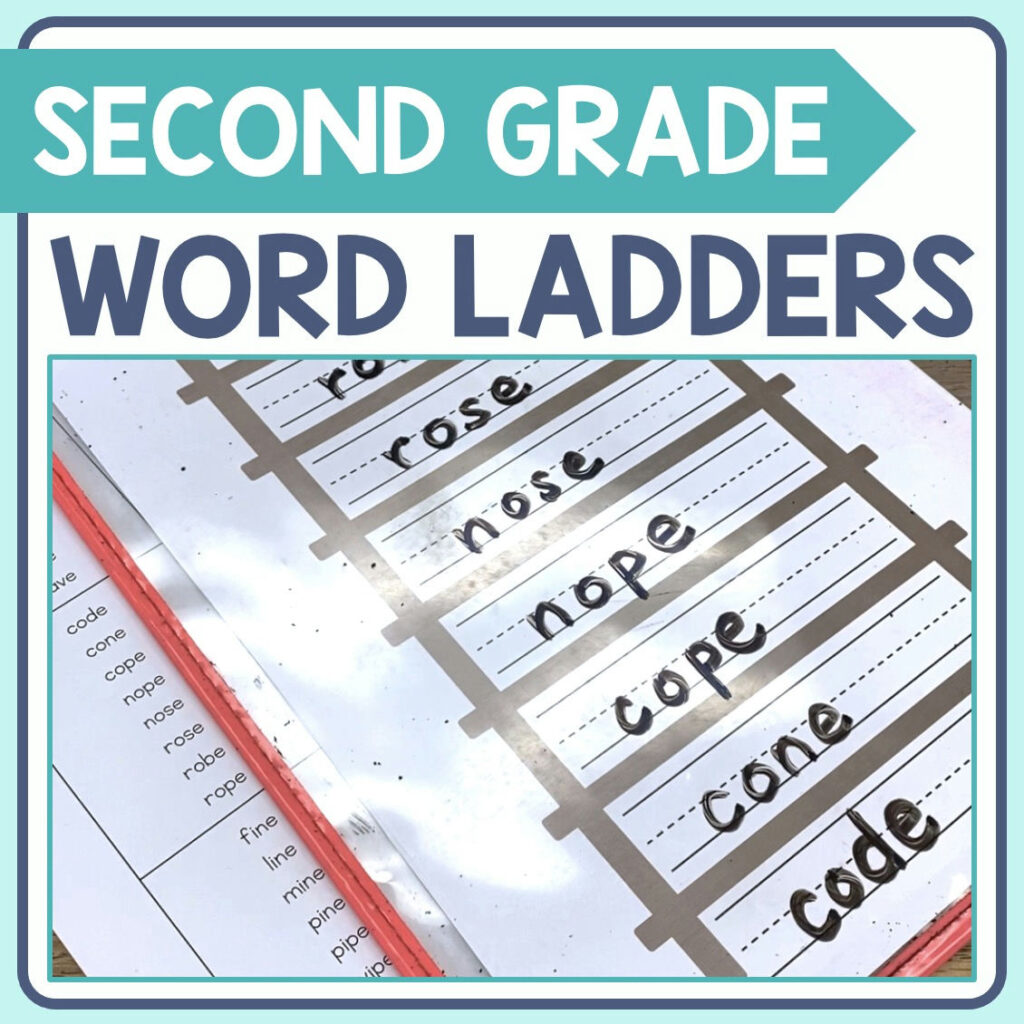Looking for a new activity for your small group phonics instruction? Try using a word chain!
Word chaining is like word building, but better, because it adds another level of thinking. Using a word chain gives students the opportunity to build words, but also to recognize differences between similar words. Word chains draw attention to the individual phonemes that make up words and their locations within words. Therefore, word chaining involves practice with both phonemic awareness and phonics skills.
Classroom Application
Word chains have to be planned in advance. A few things to think about when planning:
What is our current target skill?
You’ll want most (or all) of the words in your word chain to include this skill to ensure that students get plenty of practice.
What skills have students learned previously?
Make sure your word chain does not include any patterns that students have not yet been explicitly taught. I also try to include any phoneme-grapheme relationships that students have shown to need continuous practice with (like b/d reversals).
How challenging do I want it to be?
The most basic word chains only manipulate the first sound in the word (think: word families). More challenging word chains include changing the final sounds, while the most challenging require students to change the medial sound.
Typically when I create and use word chains, I change all 3 sounds at some point in the list. This requires students to really think about the location of the phoneme that is changing. I also like to point this out to them by asking which sound changed: the beginning, middle, or end?

Need a Resource?
With my small groups, I like using a ladder as a visual aid. Students start at the bottom and aim to reach the top! Enter your best email below to receive this freebie in your inbox immediately. Inside you’ll find:
- Word ladder board (I put these in dry erase pockets)
- 3 CVC word chains
- 3 blends word chains
- 3 digraphs word chains
- 3 CVCe (silent-e) word chains
Looking for more? Upgrade for only $2.99!


The More You Know…
Why are sounds involved in spelling?
In order for students to spell a word correctly and to store it in their orthographic memory, it’s imperative that they are able to hear all of the sounds within that word – a strong phonemic awareness. Phonemic awareness is the ability to identify and manipulate speech sounds, which is critical for kids learning to read and write. So, Direct instruction in a variety of phonemic awareness skills reduces the likelihood of reading failure.
“Phonemic awareness training provides the foundation on which phonics instruction is built. Thus, children need solid phonemic awareness training for phonics instruction to be effective.” – Wiley Blevins, 2017
What is the science of reading?
The science of reading is more than just a buzzword – It’s science. And although it may seem like a trend, it’s not new. It’s 30+ years of research on how the human brain learns to read. It’s not what we’re teaching, but how we teach it.
Years of evidence shows that 95% of students are cognitively capable of learning how to read. In order to make this happen, we have to provide evidence-based, explicit, systematic literacy instruction.
Who am I?
Hi! I’m Kristin. I’m currently working full-time as a literacy coach and interventionist in a public elementary school. I have completed LETRS training for teachers and administrators, and I’m trained as a local LETRS facilitator.
Thanks for being here! Other than this website, my favorite place to hang out is on Instagram @schoolandthecity.